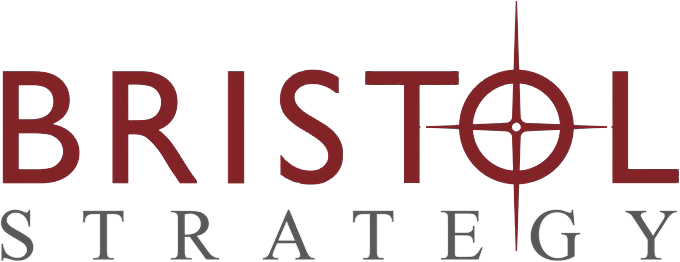Fundraising strategies are the most important plans your nonprofit puts in place. You need a comprehensive fundraising plan to target, acquire, and retain donors who make your nonprofit’s work possible.
There is no one right answer for what the most effective strategies are, as it depends on your target audience, mission, and timeframe. However, there are a few essential strategies any nonprofit can use as a guide to drive amazing fundraising results. Once you cover the basics, you can adjust each element of your overall fundraising strategy according to your nonprofit’s unique needs.
Implement these best practices in your strategy to help your organization reach its fundraising goals this year and beyond:
- Define your fundraising goals
- Use effective fundraising software
- Host engaging fundraising events
As we explore these topics in more detail, consider the ways you can tailor your own combination of fundraising strategies to your audience.
Define your fundraising goals
Without clear markers of success, your organization and your supporters won’t know if your strategy is working. When creating fundraising goals for your nonprofit, keep in mind that raising money is not the ultimate objective of your efforts. Rather, it’s the impact you can make on your mission with the funds you raise.
So, how do you make an impact?
Learn from your data
Examining data analytics is crucial to making informed decisions about your organization’s goals and determining which marketing strategies will be most effective to reach your target audience. Focus on the following data:
- Donor engagement metrics: Analyze your website traffic, email click-through rates, and social media likes and shares to understand which marketing efforts have successfully resonated with your supporters. Use event attendance rates to see which events have had the greatest impact on your fundraising in the last year. Then, use these metrics to outline reasonable goals for future fundraising events and campaigns.
- Donor retention rate: This metric shows how well your organization keeps supporters invested in your mission. If your donor retention rate is low, assess what your nonprofit needs to do to retain them. For example, you may need to target your existing donors more intentionally by using each donor’s giving preferences to guide your appeals.
- Giving trends: Use giving trends to segment your donors into groups for more personalized messaging. Tracking giving trends overall can also help you determine which times of the year are best for making fundraising appeals and which times require more attention from your team.
Acquiring and retaining supporters is the only way you’ll reach your financial objectives and fund your mission. Use your existing fundraising data to paint a picture of your current standing with donors and create realistic goals for improving fundraising metrics.
Communicate with your constituents
To get a better idea of what your fundraising goals should look like, ask your stakeholders for their input. When communicating with stakeholders, be sure to provide potential objectives for your fundraising strategy and explanations of how it’ll drive your mission forward.
Key stakeholders can point out if your goals are off-base or could be more involved. For example, if your nonprofit typically succeeds in securing major gifts throughout the year, you’ll assume that they’ll make up a large amount of your fundraising goal. However, a major gift officer may bring up that some of these donors are at-risk for disengaging based on their previous giving patterns this year.
These valuable perspectives can help your team improve future fundraising plans. So, who exactly should you be asking? Consider getting opinions from:
- Your board and staff members
- Corporate partners
- A fundraising consultant
- Major donors
Running the plan by these key players can keep your goals aligned with everyone’s best interests, allowing you to create the most successful fundraising strategy possible.
Use effective fundraising software.
Once your goals are set, your team needs to power your fundraising efforts with effective tools. Fundraising software from a leading provider can elevate your strategy and relieve pressure on your staff and event organizers. Invest in software to help you manage fundraising events, process donations, improve donor communications, and more.
Keep your nonprofit’s budget and priorities in mind as we explore a few types of software you can include in your strategy.
Online Donation Platforms
Instead of relying on a generic payment processor to accept donations, consider investing in a platform designed specifically for nonprofits. You and your donors will benefit from the streamlined donation process that they offer, and you’ll gain access to a variety of other nonprofit-focused features that can improve your fundraising strategy.
A comprehensive online donation platform will allow you to:
- Customize your donation form: Add your nonprofit’s logo, colors, and other elements of your brand so supporters trust that they’re really donating to you. Customize suggested giving amounts, add an option for recurring gifts, and write a fundraising appeal directly on the page to remind donors of your mission.
- Process donations securely: Choose a donation platform that integrates with trusted payment processors like PayPal. You’ll get the benefit of ensuring donors that their financial information is secure when they give using your branded donation page.
- Create customizable campaign pages: Create dedicated pages for multiple fundraising campaigns that include information about each campaign’s unique goals and progress. Or, if you host a peer-to-peer fundraiser, let each volunteer customize their own campaign page to share with their network.
Quality donation platforms will automatically optimize all of these pages for mobile, making it easier for supporters to donate from any device. Look for any other features that will benefit your nonprofit’s fundraising goals as well, such as data reporting, event registration pages, or built-in marketing tools.
Text-to-Give
To effectively reach the largest number of supporters, mobile fundraising needs to be part of your fundraising strategy.
With a donation platform that includes text-to-give functionality, your supporters can access your custom donation page just by sending a one word text. Your nonprofit chooses a simple keyword, such as “donate,” then spreads the word to supporters so they can text it to a designated number at any time. Then, your nonprofit automatically texts back a simplified, mobile-friendly version of your donation page, allowing donors to access the giving experience right from their text messages.
Be sure to supplement any mobile giving campaign with a social media strategy that targets your audience. Snowball Fundraising’s Text-to-Give guide suggests creating a video announcement for your website or recruiting social media influencers to share the benefits of mobile giving.
Matching Gift Software
Finding ways to maximize donations is an important part of any fundraising strategy. One way to do so at no extra cost to your donors is through employer matching gifts.
According to 360MatchPro’s guide to matching gift databases, 84% of supporters say they’re more likely to give if they know their gift will be matched. But many donors simply aren’t aware of their employers’ programs.
To let donors know, use matching gift software that tells donors if they’re match-eligible right on your donation page. Then, they’ll be able to easily submit a request to their employer and double their impact on your organization.
Host engaging fundraising events.
Now that you’ve developed your fundraising goals and equipped your organization with the right tools, you need to plan and host events that engage your supporters. Along with raising money, you’ll be able to showcase your mission and develop lasting relationships with donors through these events.
Choose a virtual event to reach a wider audience, or host an in-person event to bring together the community behind your mission. Or, create a hybrid event that incorporates both online and offline elements to maximize revenue and engagement. This is an excellent way to harness the benefits of both types of fundraising events.
For example, you could round out your fundraising strategy by hosting a hybrid silent auction. Using all the elements of a comprehensive fundraising strategy we’ve discussed so far, the steps of hosting a successful event could look like this:
- Ensure the event aligns with your organization’s fundraising goals.
- Invest in effective charity auction software that includes features such as mobile bidding, an online auction catalog, and text notifications that alert bidders if they’re outbid.
- Promote the auction across social media, email, and your website. Encourage donors to bid from anywhere.
- Host the event in-person. Let attendees see the auction items up close and bid from their phones, while anyone not in attendance can use remote bidding to participate from home. Consider livestreaming the announcement of winners at the end of the auction.
When you add any virtual element to an in-person event, you have the potential to reach a global audience to support your cause. No matter which type of events you host, intentionally design them for your specific audience to reach your fundraising goals.
With these best practices, you’re on the right track to creating a comprehensive fundraising strategy that engages donors and allows you to further your organization’s mission. Remember to evaluate the results of each fundraising campaign and event you host, then incorporate what you learn into your fundraising strategy for the future.


